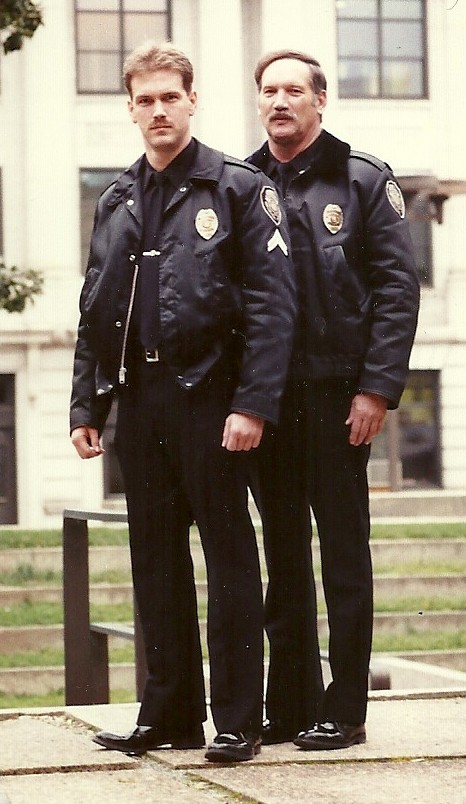Residing in Winnabow, North Carolina, Fort Anderson is a prominent landmark noted under the North Carolina State Historic Sites. According to their website, the site classifies as a major pre-Revolutionary port on North Carolina’s Cape Fear River. During the Civil War, Fort Anderson was constructed atop the old village site and served as part of the Cape Fear River defenses below Wilmington before the fall of the Confederacy.
To discuss the site’s background and archaeological remains, I had the opportunity to speak with Jim McKee, a local historian, author, and researcher. He has contributed to various initiatives specializing in preserving historical efforts within the Southeastern North Carolina region. McKee has formerly worked for the National Park Service and the North Carolina Maritime Museum at Southport. Now, he sits as the Site Manager of Brunswick Town/Fort Anderson State Historic Site, where he has collected a knowledgeable view into Brunswick County, and more specifically, Fort Anderson.
“It wasn’t until my parents moved here around the early 1980s that I truly dwelled into the history,” McKee said, “And, it just evolved. I’ve always been a history nerd. I’ve always been a historian, so it just came naturally to learn about the history of where I’m going to be living.”
Fort Anderson is considered one of the most preserved earthen fortifications within the Western Hemisphere. The fort runs for about a mile and a quarter, and roughly 90 percent of the area is in tack. “Fort Anderson is unique because it was the blueprint for what would become Fort Fisher. After the engineers on Fort Anderson got the bulk of that area done, the district commander thought it was great work. Because of this, he sent them across the river to rebuild Fort Fisher. Currently, there’s only about 11 percent of Fort Fisher left that is considered original.” McKee said. Alongside these records, Fort Anderson acknowledges the colonial history of the founding families within the Lower Cape Fear region. This includes two Governors, Arthur Dobbs and Benjamin Smith, and Former U.S. Supreme Court Justice Alfred Moore, who were buried on-site.
Along the Cape Fear River lies the ruins of Brunswick Town, where Fort Anderson was built upon. Brunswick Town was established in 1726 and utilized as a world-class port. The town existed as a significant port for the exportation of naval stores and rice cultivation. “It’s going to be an important international port, long before Wilmington’s establishment. It was one of the only deep-water ports located in the state.” McKee said. Because of this, international trade and coastal ships, and other vessels went along the coastlines since the Cape Fear River is the only major river in North Carolina that flows directly to the ocean. Some of the heavy traffic would go to the Brunswick area. However, starting in the 1740s, most went towards the Wilmington area.
Brunswick Town was then attacked and captured by Spanish privateers in September 1748 during King George’s War. The militia that conducted the counterattack to drive the Spanish out consisted of 60-80 individuals under the lead of William Dry III. In addition, the town was the focus of the Stamp Act Crisis in February 1766, which is considered one of the first successful armed rebellions against the British authority in America. However, in 1776, it became occupied by the British, which would be the town’s demise. “It will come back after the Revolutionary War, but only as a port until around 1826, then everything moves to Wilmington.” McKee said. Because of the two governors, Arthur Dobbs and William Tryon, Brunswick Town became the unofficial capital of North Carolina from 1758 to 1770.
_______________________________________________________________
For more information about Brunswick Town/Fort Anderson site, visit: https://historicsites.nc.gov/all-sites/brunswick-town-fort-anderson






















